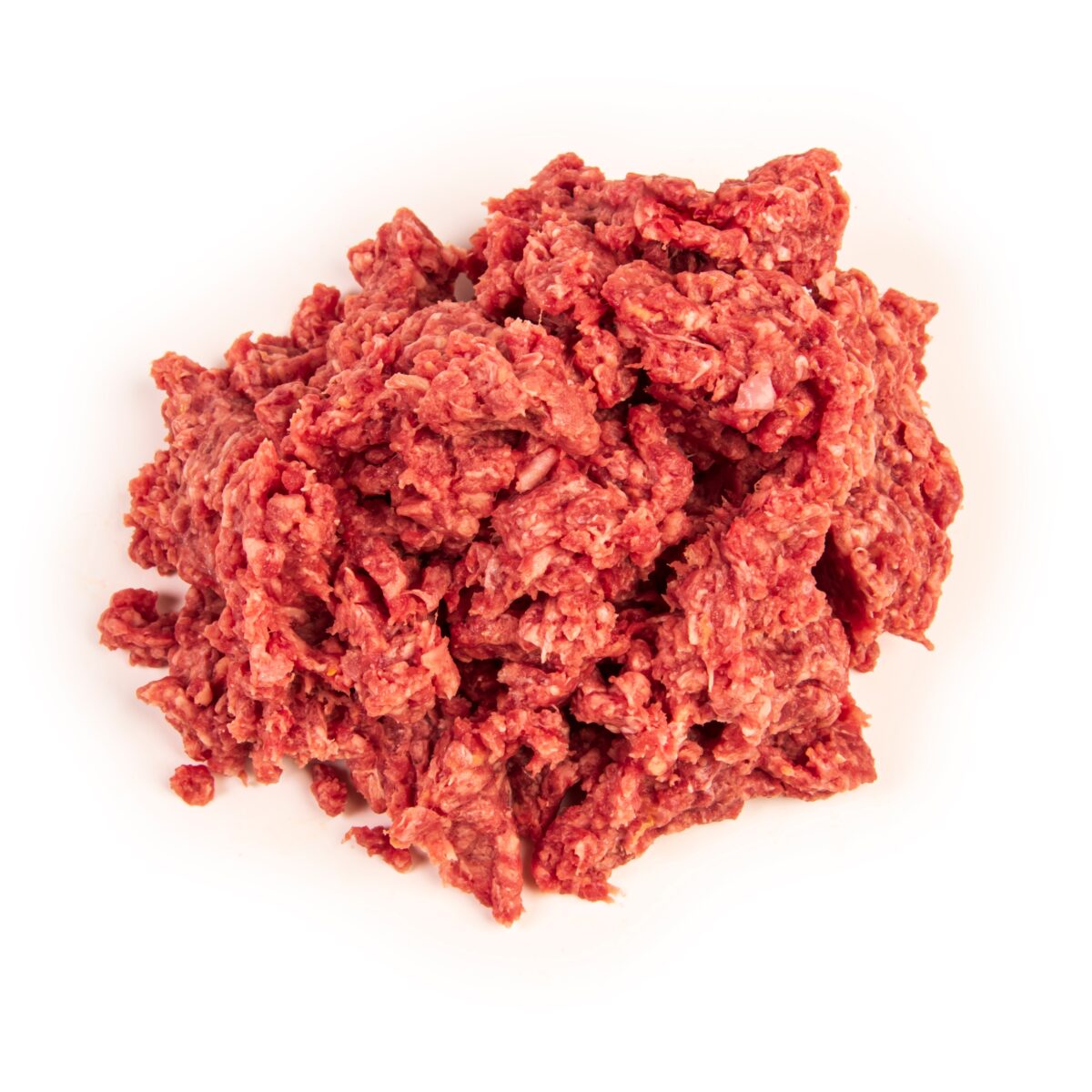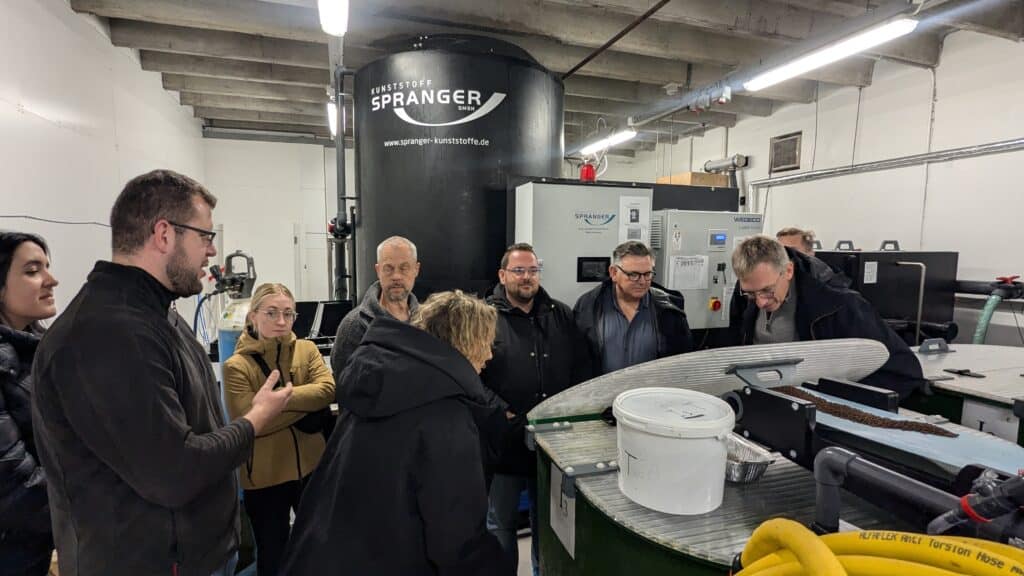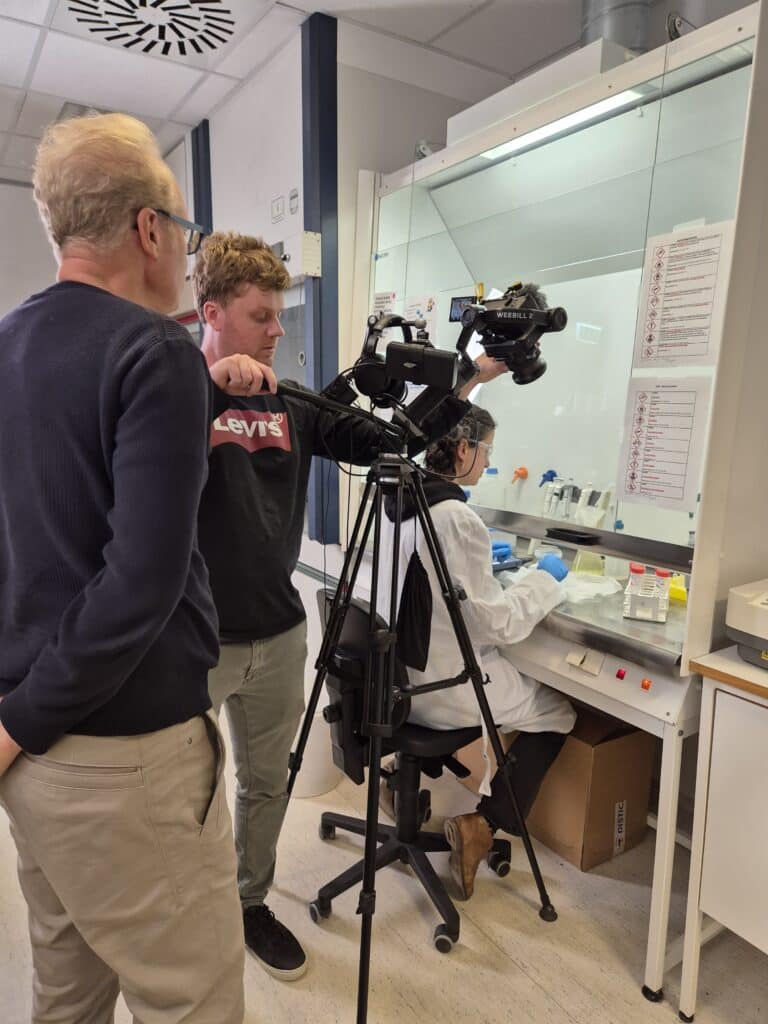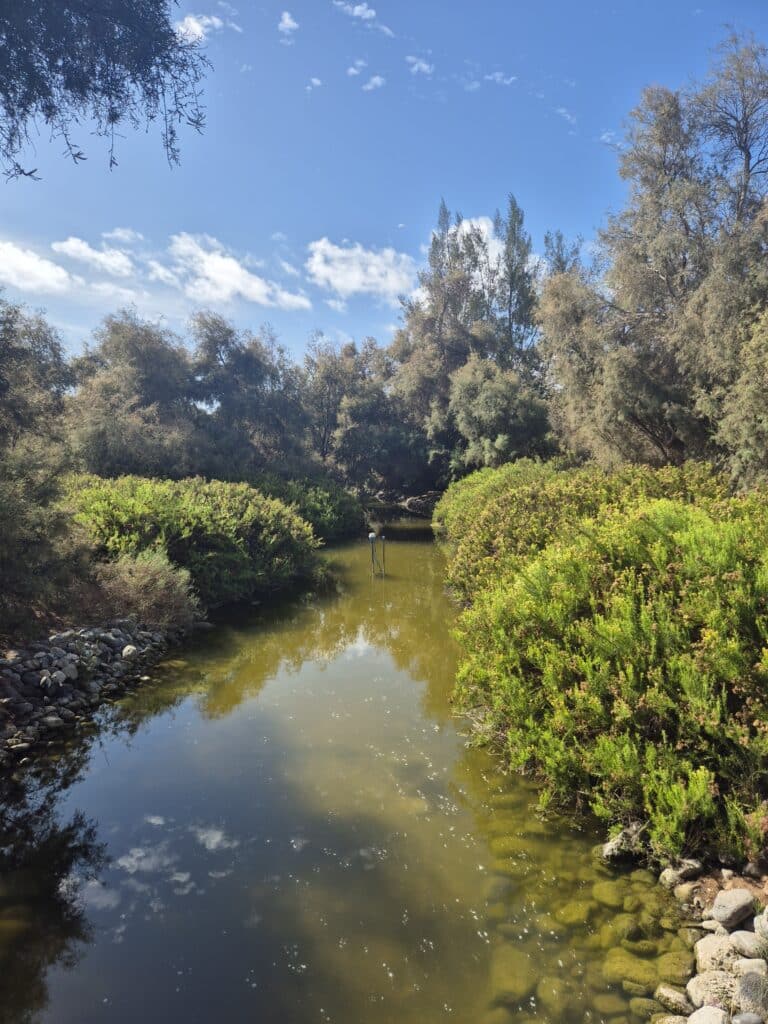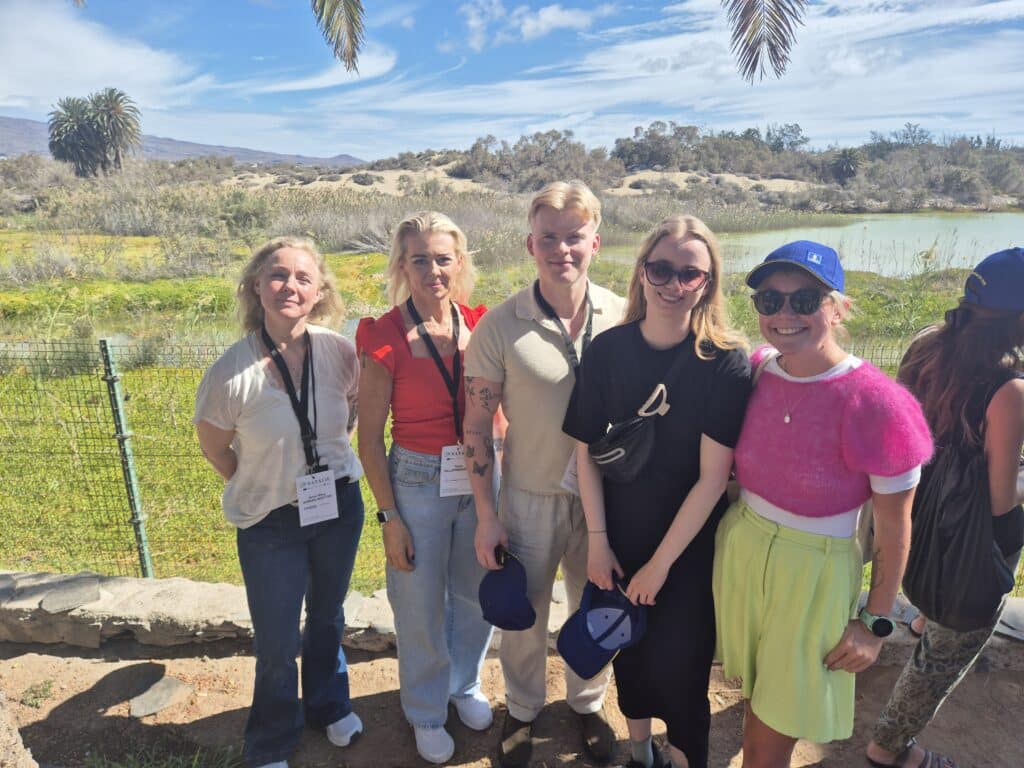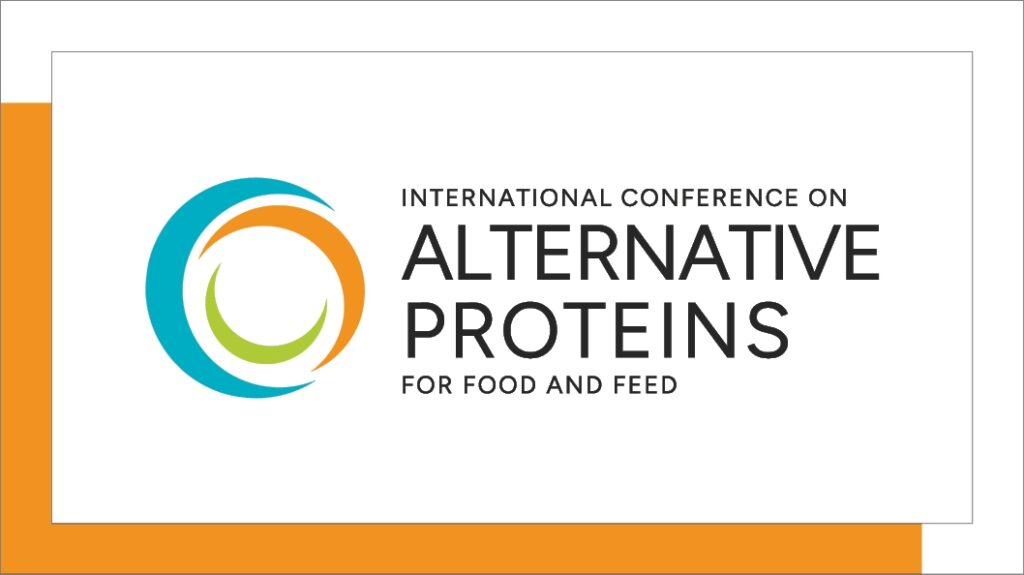Fat explosion has not been measured during the quality assessment of lamb and ewe carcasses because it is not possible to visually assess muscle since the carcasses are not cut after cooling in slaughterhouses. It is changing. Australia, the world's largest lamb exporter, has adopted intramuscular fat as a breeding target. In order to breed and pay farmers for fat in the muscles of lamb carcasses, fast and automatic measurements of hot carcasses on the slaughter line are needed. Meat and Livestock Australia and public bodies have supported the development and testing of meters based on different technologies. One meter has been certified and is being tested/used in several abattoirs in Australia and New Zealand. The meter is from Meqprobe and is based on probes being inserted into the warm back muscle on the slaughter line, which assess intramuscular fat using laser technology.
Other measures, such as optical imaging (OCT), based on the adaptation of needles used in medical imaging to measure intramuscular fat and other properties, and magnetic resonance imaging (NMR) are still under development.
The purpose of including intramuscular fat in the quality assessment is to make lamb meat from Australia stand out in demanding markets in other countries that are willing to pay a higher price for higher taste quality.
We are considering whether to breed for intramuscular fat in Icelandic sheep. Conditions in Iceland are completely different from Australia, where about 25 million lambs are slaughtered per year, the age at slaughter is 6-8 months, the average weight is 25 kg, and about 70% of the production is sold abroad. The slaughterhouses in Iceland might be too small to cover the costs of an objective assessment of muscle fat, and there is also a question as to whether it serves any purpose both for farmers and different markets. Another option is to focus on breeding and measure intramuscular fat in the back muscles of lambs from progeny research farms the day after slaughter in cold slaughterhouses. The carcasses would then have to be cut to access the spinal muscles of the lambs and NIR meters or imaging should be used to measure fat in the muscles.
The NIR meter from the company SOMA OPT has been certified in Australia to measure intramuscular fat in the spinal muscles of lamb carcasses. Imaging equipment for beef is also being adapted to lamb meat. It is also interesting to observe the development of technology for image analysis with ordinary mobile phones.
It is also interesting to see if it will be possible to use ultrasound on live cattle to tell about intramuscular fat. This report is a summary of the development of instrumentation in relation to intramuscular fat in lambs in Australia and New Zealand. It is part of the project "Fat blasting in lamb meat", which is funded by Development Fund for Sheep Farming.
_____
Marbling of muscle is now a sheep breeding objective in Australia and New Zealand. Marbling has in breeding programs been evaluated in the loin muscles of carcasses of lambs from progeny testing either by sampling muscle for chemical analysis or measuring samples or muscle surfaces by Near Infrared Reflectance (NIR) instruments. Rapid, accurate and reliable techniques for measuring intramuscular fat in loin muscles of lamb carcasses are needed if it is to be included in the price to farmers, grading and further processing and marketing. This is being done in Australia and New Zealand. Different technologies have been developed and tested with the support of MLA (Meat and Livestock Australia).
Online technologies of interest include:
"MEQ (Meat Eating Quality) probe" is an industry applicable technology to estimate intramuscular fat (IMF) percent in lamb by inserting laser-based probes in the loin muscle of hot carcasses. It has been granted conditional AUS-MEAT accreditation to measure IMF% in hot lamb carcasses and is being used and tested in abattoirs in Australia and New Zealand.
The start up company Miniprobes has developed a needle with a fiber optic probe to measure IMF based on optical coherence tomography (OCT).
The company AMPC is developing the Marbl™ technology using a single-sided nuclear magnetic resonance sensor alongside the longissimus muscle to capture IMF measurements without penetrating the carcass.
NIR analyzer from the company SOMA OPT has been accredited Australia for estimating intramuscular fat in lamb loin muscles. It is based on cut carcass technology which can be used in research and progeny testing.
Including intramuscular fat as a breeding goal in sheep production in Iceland is being considered. It is still too early to say if it is feasible. Data must be collected from progeny testing for many years using the SOM OPT NIR meter or similar tools to see if there is enough genetic variation to justify intramuscular fat as a breeding objective. The small size of sheep production in Iceland with around 400 thousand lambs slaughtered in 8 weeks each year in 3-4 abattoirs will probably make it too expensive to adapt sophisticated online technologies to measure and use intramuscular fat to control and improve the eating quality of the meat.









